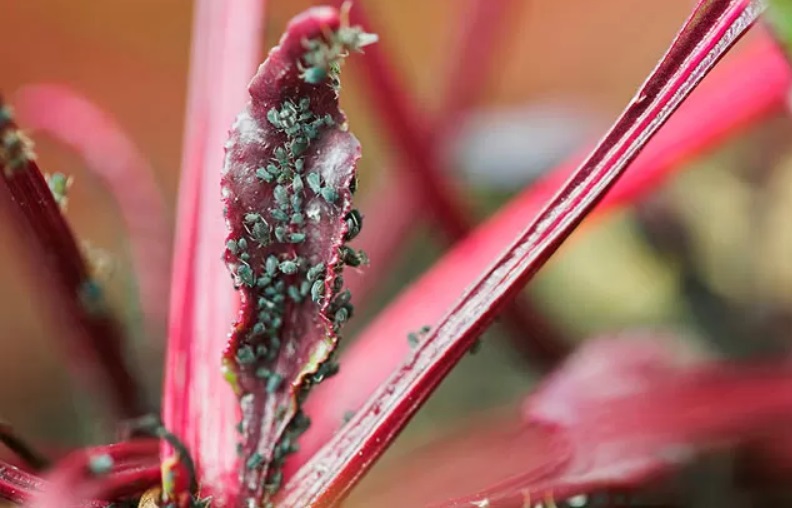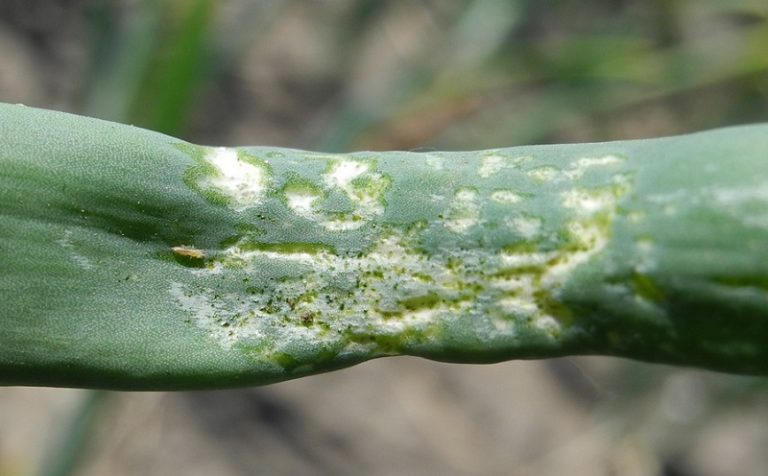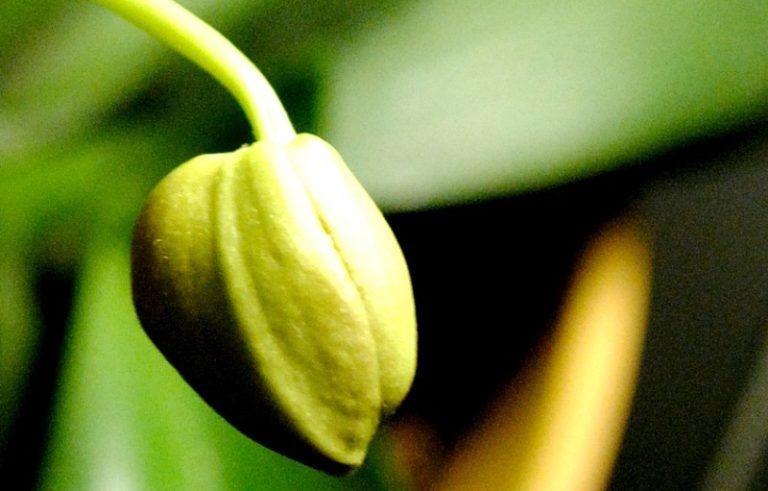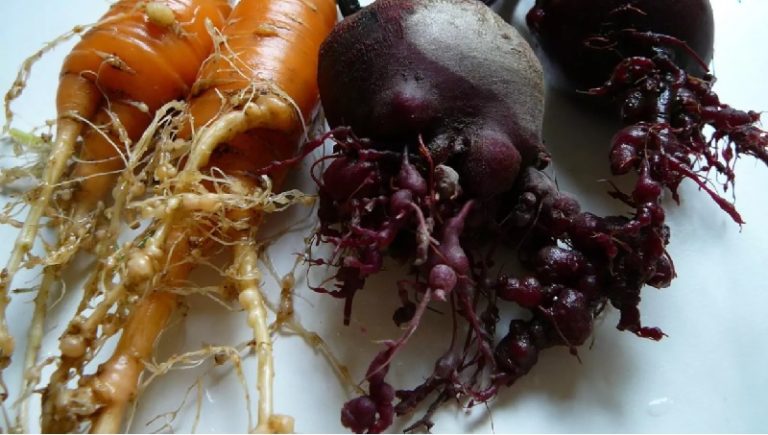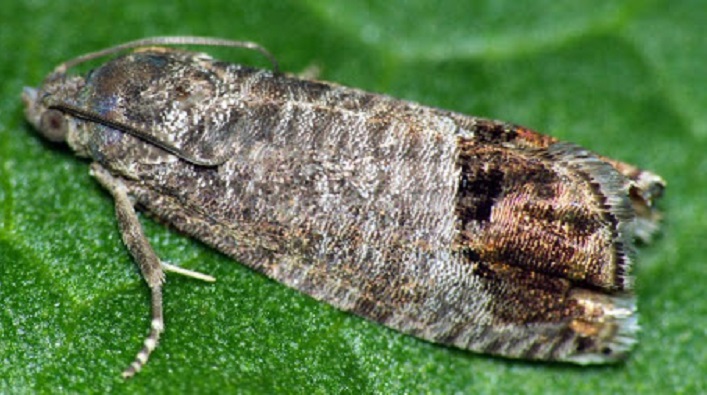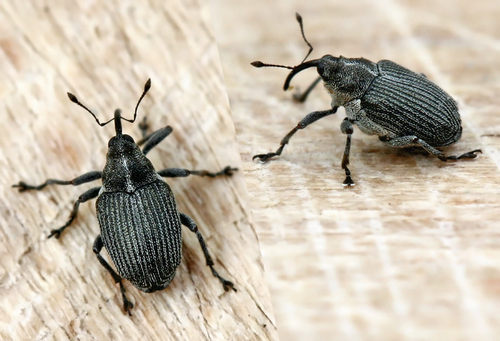Beet root aphids – fighting methods
Beet root aphid (Pemphigus fuscicornis Koch.)distributed throughout Ukraine.
Description of beet root aphids
Beet root aphid is a small insect measuring 2.1-2.6 mm with a yellowish-brown or greenish ovoid body. Young larvae are slender, greenish or yellowish grayish in the shape of an elongated ellipse. Females and males of the amphinogenic generation are wingless and without proboscises.
For wintering, a special form of wintering sexually mature wingless parthenogenetic females remains, for this they choose beet plantations and areas where quinoa weeds grow and burrow into the soil to a depth of 16-60 cm. The larvae of the first instar (the so-called “vagrants” or “travelers”) are very mobile, some of them, having come to the surface, look for forage plants. They can also be carried by water, wind, agricultural implements, so beet root aphids populate new areas. It is thanks to the intensive resettlement of wandering vagrants that new foci of aphids are thickened. The most favorable conditions for the pest are the contamination of the site with quinoa weeds, if the previous crop was clogged with them. “Vagrants”, “travelers” climb into the soil to the roots of beets and after 10-12 days they turn into flying female viviparous. Their fertility is 20-80 larvae, while 8-10 generations develop during the season, the fastest – in July-August.
The best conditions for the reproduction of the pest are a small amount of precipitation at hot temperatures during the growing season. Beet root aphids feed on fibrous roots and are considered one of the most dangerous pests of beets – in the years of their mass reproduction, the yield decreases by a third, and the sugar content up to 2-4%. Mother beet suffers the most. The threshold of harmfulness when populated in May is 5% of plants, in June – 10%, in July – 15%.
Protection measures against beet root aphids
Beet root aphids have a large number of natural enemies, including predators and parasites. coccinellids, lacewings, turuns, predatory mites, spiders, predatory gall midges – Aphidoletes aphidimyza Rd., fly chips – Paragus tibialis Flln., P. bicolor Fabr., Sphaerophoria menthastri L., S. scripta L., Metasyrphus nitens Zett., M. latifasciatus Meg. Aphids are infected by aphids – Aphidius matricariae Hal., Trioxys auctus Hal., T. heraclei Hal., Lysiphlebus confusus Tremb., L. fabarum Marsh., L. gracilis Fírst., ichneumonids – Phygadeuon fumator Graw., Ph. subtilis Graw., aphelinids – Aphelinus humilis Merc., A. chaonia Wek. Etc.
Biological enemies are aphidius, aphidimisa, gall midge. In wet years, they die from entomophthorosis. Larvae and adult insects are sensitive to the weather and if the rain washes them away to the soil, then beet root aphids die.
At the same time, it is necessary to carry out agrotechnical and chemical protection measures. In particular, crop rotation should be observed – spatially isolate from last year’s beet plantations, plant it after winter wheat sown for steam. Properly store manure and prevent it from overgrowing with quinoa. Destroy weeds and completely and thoroughly harvest root crops. It is necessary to peel the stubble and, after harvesting the grain predecessors of beets, carry out deep plowing for the finch. Before laying the crop, the uterine root crops should be sorted out by the piles and damaged ones removed. If, despite all measures, the number of pests is excessive, the edges of the site and foci of infection should be treated with insecticides.

